I was recently reading an article on phonics and fluency by Dr. Timothy Rasinski, a professor of literacy education at Kent State University. He made an analogy that really resonated with me. He said, “Phonics and fluency can be thought of as the essential spices in reading. Alone neither adds much to the process of reading, but together they blend into a fine and enjoyable outcome.”
The essential spices in reading. I love that analogy, don’t you? But what really resonated with me was his comment on the blending of those spices. The blending of phonics and fluency.
This brings me to today’s topic. Today, I’m sharing my favorite “recipe” that blends those two essential ingredients together: phonics poetry.
Why Use Poetry and Phonics to Build Fluency?
Time and time again, research has shown that when students engage in repeated readings, they read with more accuracy, expression, and show better comprehension. Poetry has always acted as the perfect vehicle for this because students can read and re-read poems.
Plus, an added bonus is that students find poetry to be enjoyable and entertaining. Poetry is such an authentic, engaging, and effective way to promote and develop reading. So, it only makes sense to incorporate rhymes, or word families, into poems, right? I think so!
If students are able to identify and decode a word family in one word, all they have to do is apply that knowledge to other words with the same sound-spelling…and voila! Magic happens. Your students are reading new words!
Just blend those spices together (phonics and poetry), and your students are on their way to being confident and fluent readers.
My Recipe for Reading: The Phonics Poetry Station
So, the question remains: what is a meaningful, effective, and hands-on approach to blend phonics and poetry together in the classroom?
In my classroom, after we’ve identified the target word family and spent time working on that focus sound-spelling as a whole group, I dismiss my students to Reading Rotation Stations (our version of Daily 5).
At Word Work, I like to have two separate areas set up: Word Work Bins (click here to see a detailed explanation of those) and a Phonics Poetry Station.
The Phonics Poetry Station is simple to set up and implement. How you set up the station is 100% up to you. I know some teachers prefer to use tubs to store materials while others would rather use a cart. Personally, I prefer to use a cart with containers because the cart takes up less space and all of the materials are easily stored inside.
Some teachers prefer to scratch tubs and carts altogether and like to use folders and composition notebooks (and put the loose materials in Ziplocs). Those choices work wonderfully too!
The right answer is to find what works best for you, your students, and your classroom space.
At the Phonics Poetry Station, I like to provide five hands-on learning opportunities that allow students ample time to interact with each of the different focus sound-spellings.
Here’s the sequence I’ve used in my classroom that has worked wonderfully:
Our Poetry Station Sequence
- Sorting — I Can Sort Words
- Reading — I Can Read the Poem
- Drawing — I Can Visualize the Text
- Building — I Can Build Words
- Writing — I Can Write My Own Poem or Story
Step 1: I Can Sort Words
Instead of just jumping right into poetry, I like to give students opportunities to interact with words that have our focus sound-spelling in isolation.
For this step, students sort each word with the focus sound-spelling according to whether it is a real word or a nonsense word.
For example, if the focus sound-spelling is -unk, students would read and sort words into two categories: real vs. nonsense.
Real Word Examples: skunk, funk, junk, trunk, bunk, sunk
Nonsense Word Examples: zunk, vunk, kunk, wunk, runk
After students have sorted the words, they can self-check by using a magnifying glass to look at the tiny, upside-down word on each card that reads either “real” or “nonsense”. This just adds an extra layer of fun to this activity! Students absolutely love it.
Then, students can select words from the “real” words and write them in sentences using the simple self-correcting writing sheets shown above.
Step 2: I Can Read the Poem
Step 2 shifts students away from working with and reading word family words in isolation to reading them in the context of a poem.
I like to have students read the poem three times and circle or highlight all of the words with the focus sound-spelling. I also like to provide different “I Can Read” cards that encourage students to read the poem in different voices (for example: read the poem in a monster voice). This is super motivating for students!
I like to laminate the poems and have students use a dry-erase marker to highlight or circle the focus sound-spelling. In the past, I’ve also printed them on regular paper and had them store their poems in a notebook so they can revisit them again and again.
Adding whisper phones, microphones, finger beams, and googly-eyed finger pointers to this step brings some extra novelty and fun to this activity. See details on where I purchased these materials below.
Something else I’ve done in my classroom is to have students record themselves reading the poem with a tablet. An old iPhone or recording device would work too!. They love this!
Students can use the fluency self-evaluation sheet to monitor their own progress. I make sure to model how to use this sheet multiple times so students fully understand how to self-evaluate. This is a great way for students to become self-learners. This helps students recognize their accomplishments and areas that need work, without needing to hear it from a teacher. Click the big, pink bar below to access this fluency sheet for free.
Step 3: I Can Visualize the Poem
Visualization and poetry go together like milk and cookies, so it only makes sense to include a visualization component to the Phonics Poetry Station.
For this step, I ask students to re-read the poem and then draw a detailed picture of what they visualized. When readers can picture the text, they better understand and remember it!
Brain researcher Allan Paivio says it best, “By creating mental images from the words on a page or screen, we tap into both the verbal and visual-spatial representational systems, making abstract concepts more concrete and thus more meaningful and memorable.”
Step 4: I Can Build Words
After students have had ample time to read and pick apart the poem, I like to have students build words from the poem that has the focus sound-spelling. Students can build the words that they circled from Step 2 or they can use the word family cards I provide for them.
Giving students choice on how to build the words will keep them highly motivated and engaged.
Hands-On Word Building Materials:
- playdough
- yarn
- small wooden sticks
- acorns
- dry beans
- magnetic tile letters
- small pom-poms
- beads
- little cork pieces
- small rocks or stones
- watercolor paints and paper
- dry erase markers and whiteboards
- sprinkles, sand, and rice (to write words in with a paintbrush or finger)
- paint bag (a small amount of paint with a drop of water in a Ziploc)
Step 5: I Can Write a Poem or Story
The final step is often forgotten or overlooked, but it’s an important and necessary one. It’s the application phase. This step asks students to take words with the focus sound-spelling and write their own poem or story.
Students can draw a detailed illustration of what they wrote. I like to encourage students to use the words that are provided and other words they think of on their own.
Want answers to all your questions? Here you go!
Can I do a phonics poetry journal in place of a station?
Absolutely! If you’re limited on space or time, an easy solution to this is a phonics poetry journal. It is super simple to set up and implement!
To do this, add the phonics poetry sheets to a composition notebook or three-prong folder and have students work from that. See the tips below.
My students are not able to read independently yet. What can I do?
If a portion of your class (or all) are unable to read many words right now, don’t fret. You can still incorporate phonics poems into your daily instruction.
One idea is to display the poems on your document camera or projector and do each step of the process as a whole group. You can also read the poem a few times as a class before dismissing students to read the poem independently or to work at the phonics poetry station.
Here’s an example of what Mrs. S did in her class. They read the poem in whole-groups using finger lights. This is a great way to familiarize students with the poem so they will feel even more successful when they go to read it independently.
Photo by Mrs. S. (IG account: rvsroomone). Thanks, Mrs. S!
How often do you switch out the phonics activities?
I receive this question a lot. The real answer is: it depends! It depends on how fast your phonics program moves and how quickly your students master each sound-spelling.
It also depends on how you’ll use these resources in your classroom. If you choose to use these activities for morning work or at another time (independent practice, take-home practice, or small group instruction time), you may want to follow the scope and sequence of your phonics program so your students can apply their learning immediately.
To make things super easy, I’ve broken down each step into this easy-to-follow format for you.
However, if you plan on using these resources as a spiral review or follow-up activity at a Phonics Poetry Station in your classroom, you may want to dedicate each day of the week to a step (there are five steps in all, so you could switch out the materials each week).
Where do you store the materials when you’re not using them?
I receive organization and storage questions a lot, so I thought I’d include this one here. The easiest and simplest solution I’ve found is to store all of the sound-spelling poems, word cards, and writing sheets that we’re not using in large orange manila envelopes or gallon Ziploc bags. I’ve heard some teachers prefer to use an accordion file folder, which is also an inexpensive and easy storage option.
Additionally, I keep all of the extra word-building materials in the bottom drawer of the rolling cart (see photo below). If you don’t have an extra drawer on your rolling cart (or if you choose not to use that), a bin or tub would work wonderfully, too.
Where did you purchase the materials?
I shared a lot of the word-building materials above. But I also wanted to make sure you know where I purchased all of the other materials for this station.
Most of the materials can be purchased on Amazon. Here’s an image of all of the other materials you might be interested in using at your phonics poetry station.
Where can I find all of the resources to implement these ideas in my classroom?
Great question! To help you save time and have more ease in your classroom, I’ve done all of the work for you.
I’ve created a full Hands-On Phonics Poetry resource, which includes everything you’ll need for a phonics poetry station (or phonics poetry journals) in your classroom. Everything you see in this post is included. This resource includes 1,000+ pages.
What’s Included In The Resource?
- 100+ phonics poems for phonics sound-spelling
- 2 options for printing poems: a phonics poetry journal option or single sheets for phonics poetry station
- real vs. nonsense sorting cards for phonics sound-spelling
- visualization sheets for every sound-spelling
- word-building phonics cards for every sound-spelling
- write your own poem/story sheets for every sound-spelling
- sentence writing mat
A breakdown of the sound-spellings:
- Short Vowel Word Family Poems: ab, ad, ag, am, an, ap, at, ack, ang, all, en, ed, et, ell, ent, eck, in, ip, it, ill, ick, ink, ing, ot, og, op, ock, ug, un, ump, uck, unk
- Long Vowel Word Family Poems: a_e, ai, ay, ea, ee, ie, y (as in messy), i_e, igh, y ( as in sky), o_e, oa, ow, oe, u_e, ue, ew
- Beginning Blends Poems:
- L Blends: bl, cl, fl, gl, pl, sl
- R Blends: br, cr, dr, fr, gr, pr, tr
- S Blends: sc, sm, sn, sp, st, sw
- Beginning and Ending Digraphs:
- Beginning: ch, sh, th, wh, ph, kn, wr
- Ending: ch, sh, th
- Diphthongs: au, aw, oi, oy, oo (as in boot), oo (as in foot), ou, ow
- R-Controlled Vowels: ar, er, ir, or, ur
- Trigraphs: scr, spr, squ, spl, str
- Hard C/Soft C
- Hard G/Soft G
Get the bundle today for $47. Click here to get it.
Want to try the phonics poetry activities for free?
If you’re eager to try the phonics poetry activities in your classroom but you want to see some of the activities up close, I’ve got the perfect freebie for you. Click on the link below to snag it.
Have any questions? Leave a comment below.
Love this resource and wish you had access to more like it? Want instant access to a library of resources (for ALL content areas) catered specifically to you and your students’ needs? If you’re nodding yes, then be sure to join the LK Teacher Club!
When you join the LK Teacher Club, you gain access to the resource I shared in this blog. And you’ll be getting every other resource I’ve ever created ($6000+ value).
Not only that, but you’ll also have immediate access to more than 100 exclusive resources that aren’t found anywhere else!
Get ready to tackle teaching with confidence and ease! Click here to find out more about the LK Teacher Club.
P.S. I have another blog about phonics fluency called “A Fresh Guide to Teaching Phonics”. You can visit the blog here.

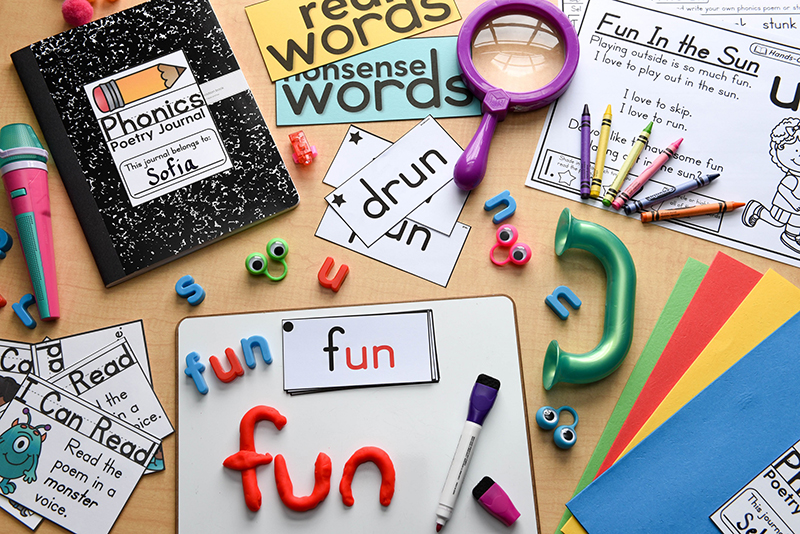

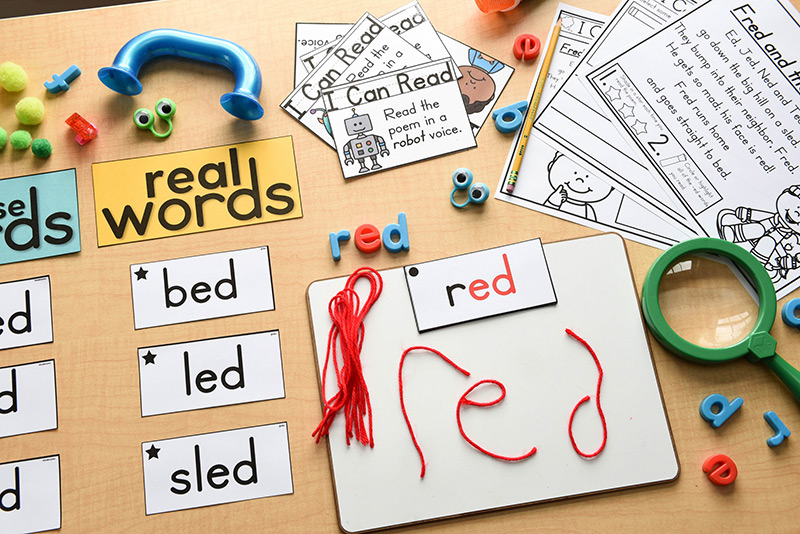
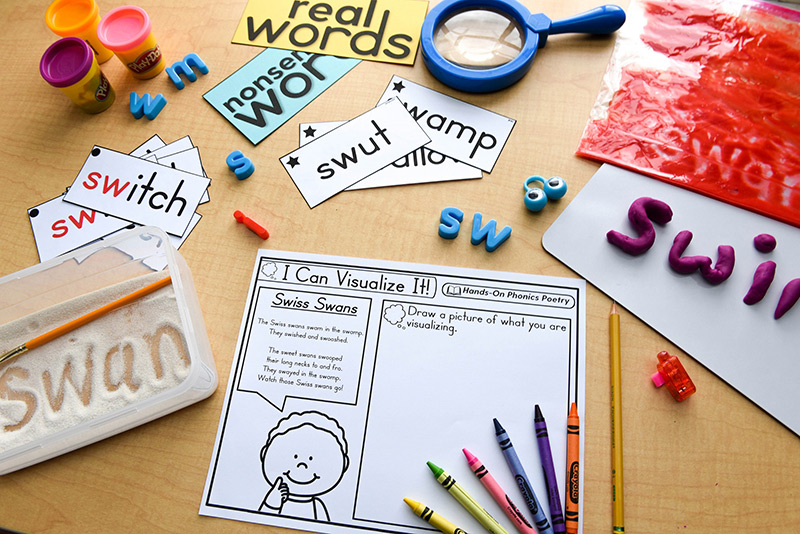
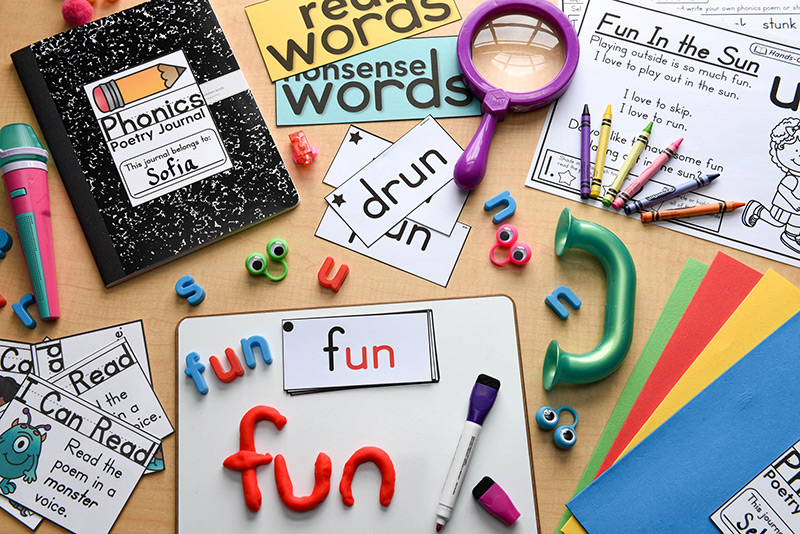


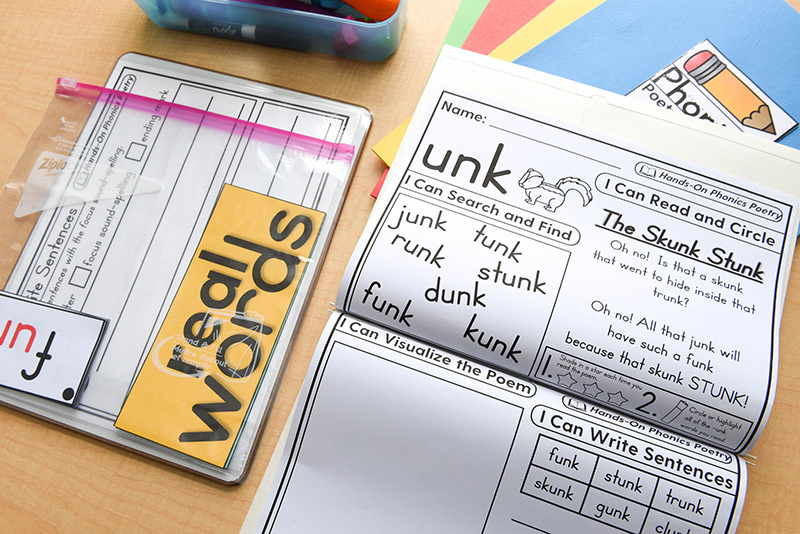
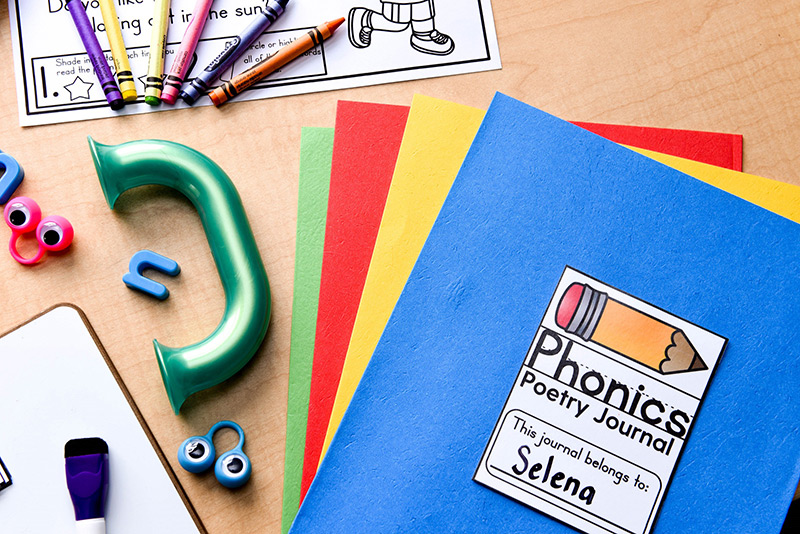
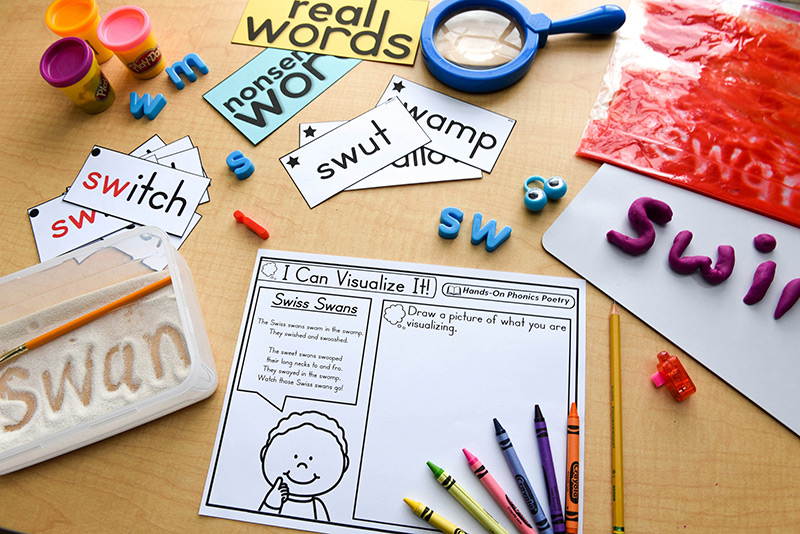
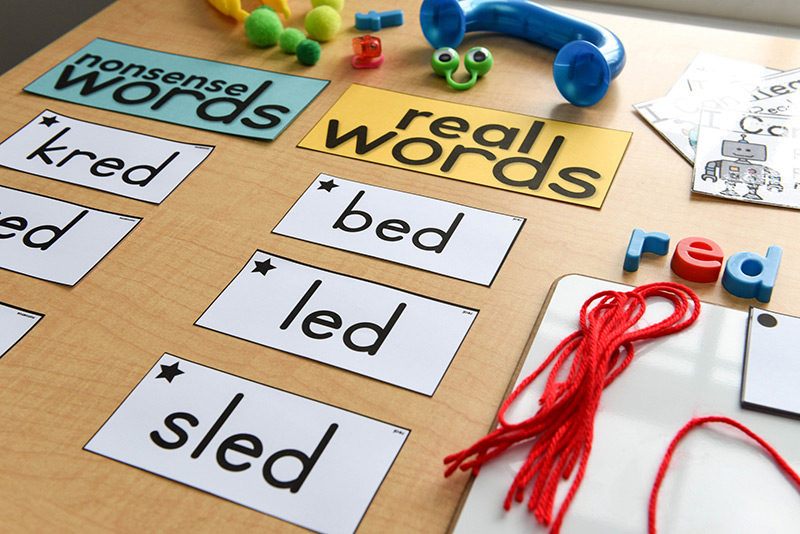
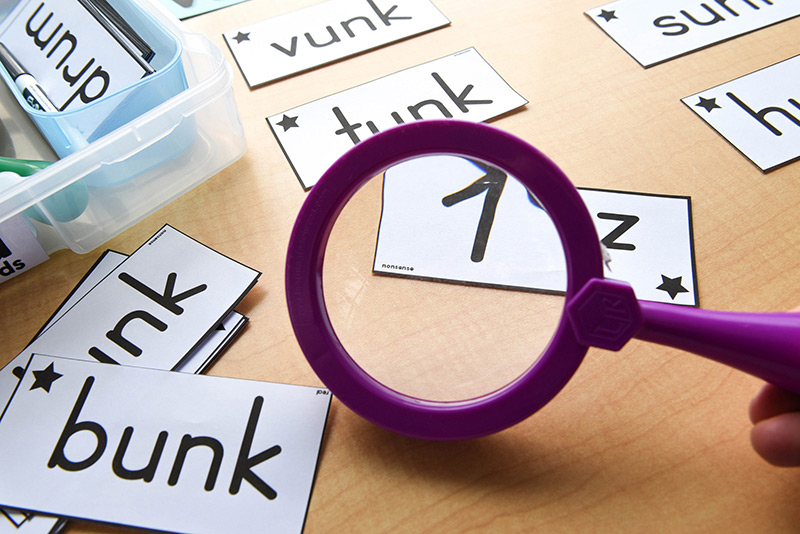
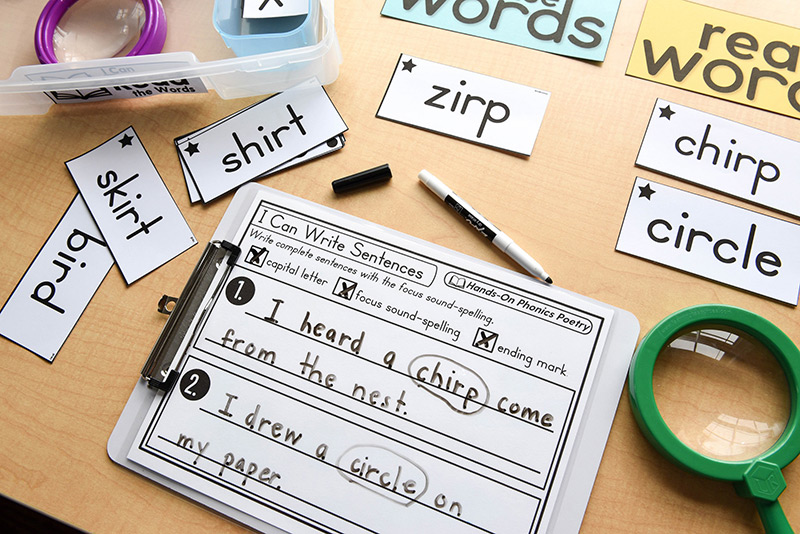
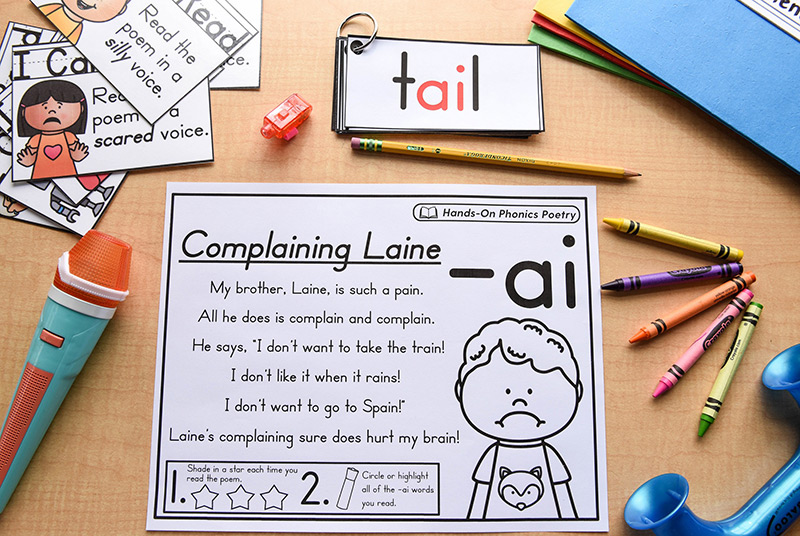
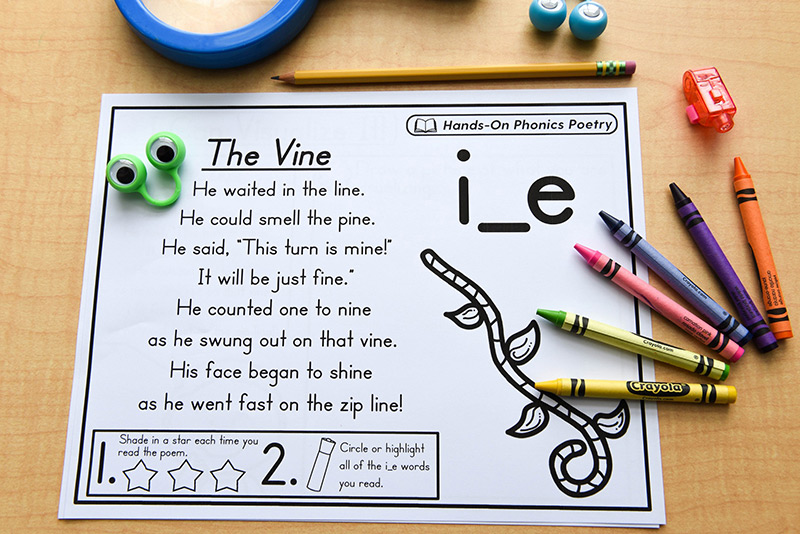
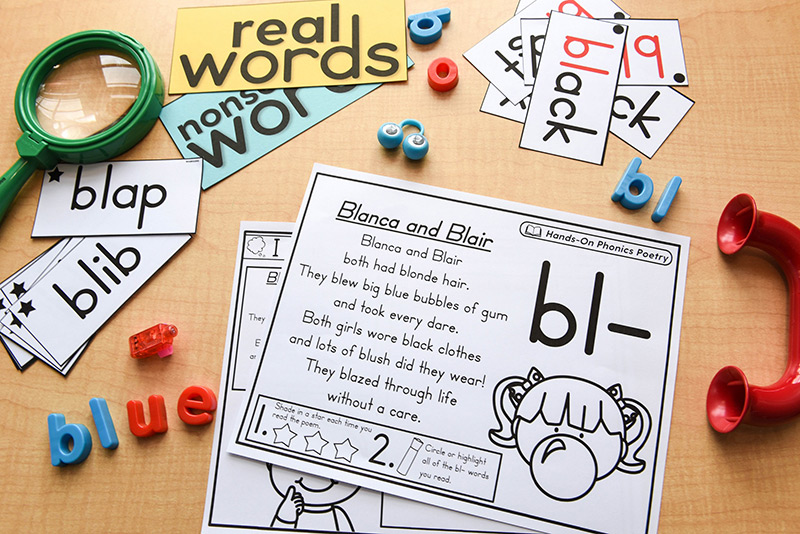
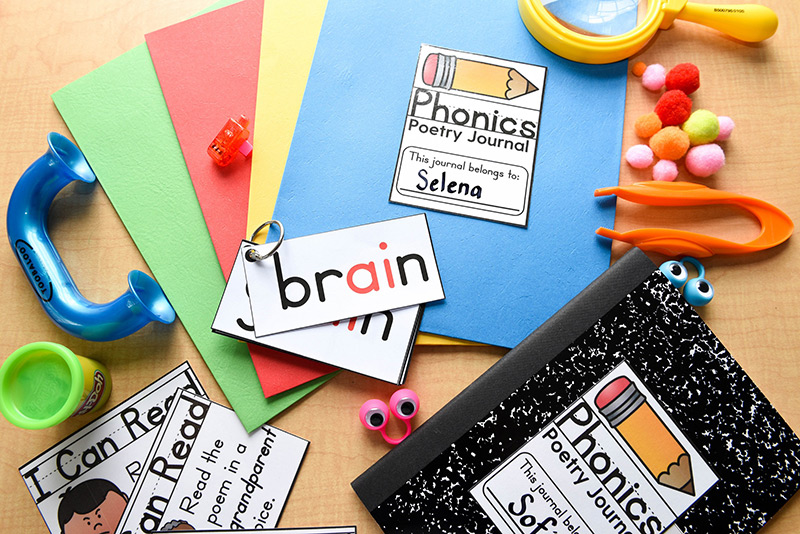

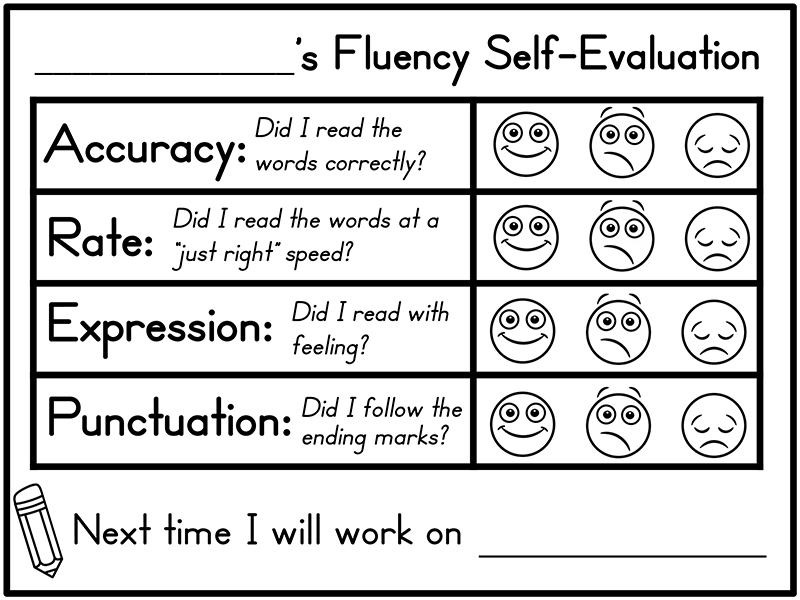
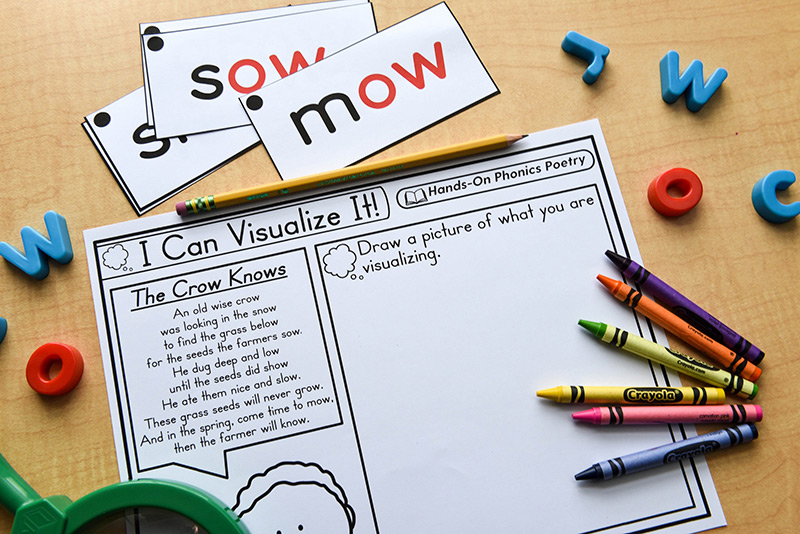
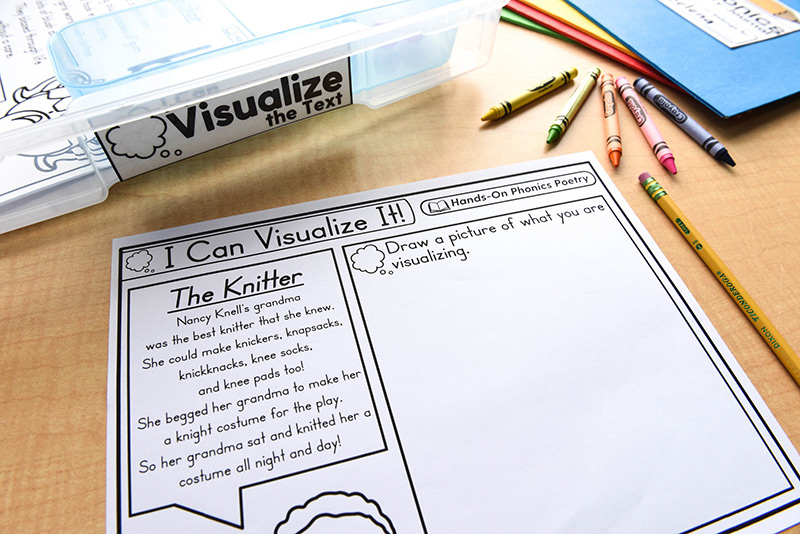
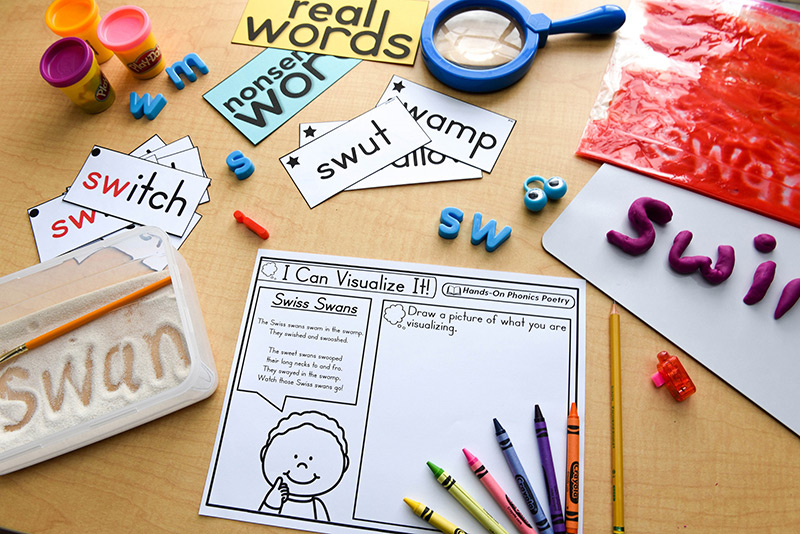
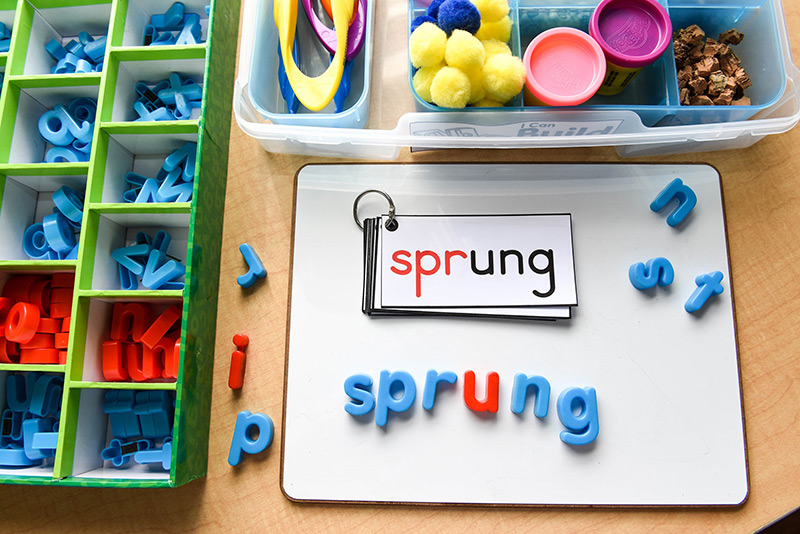
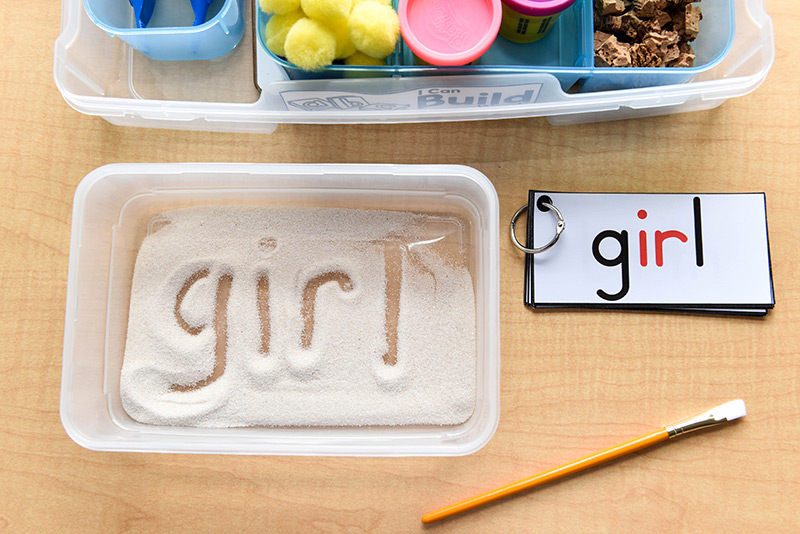
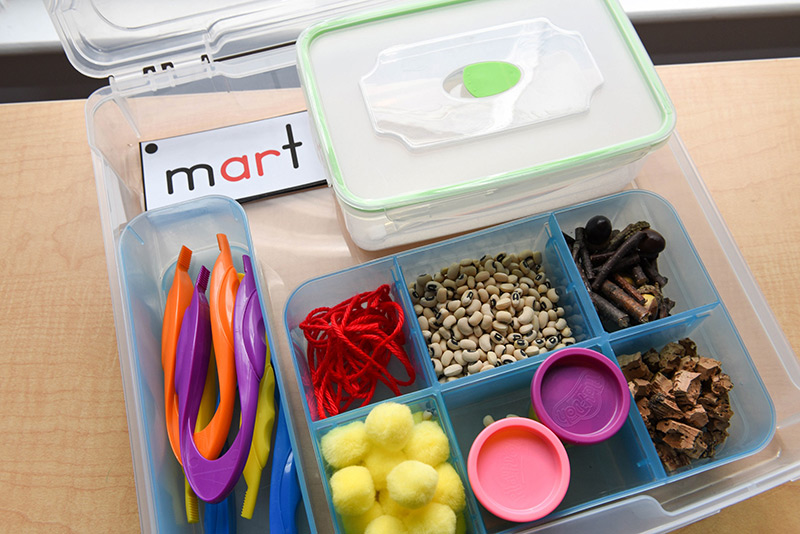
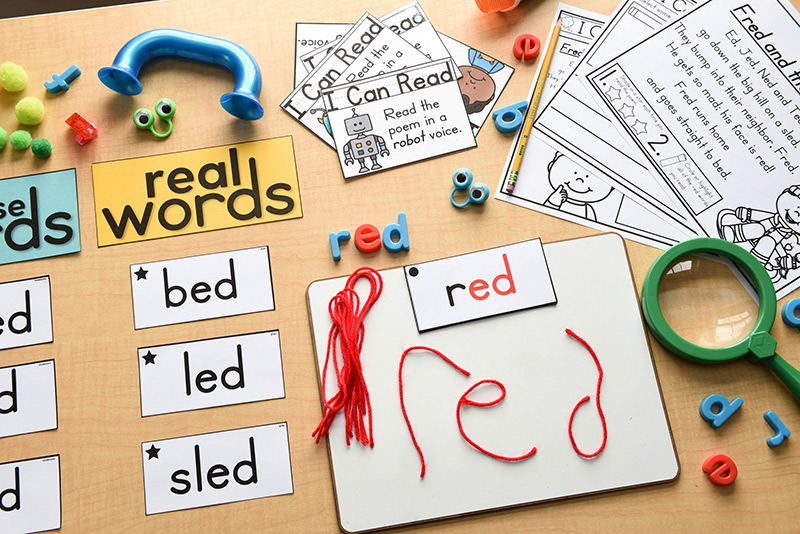
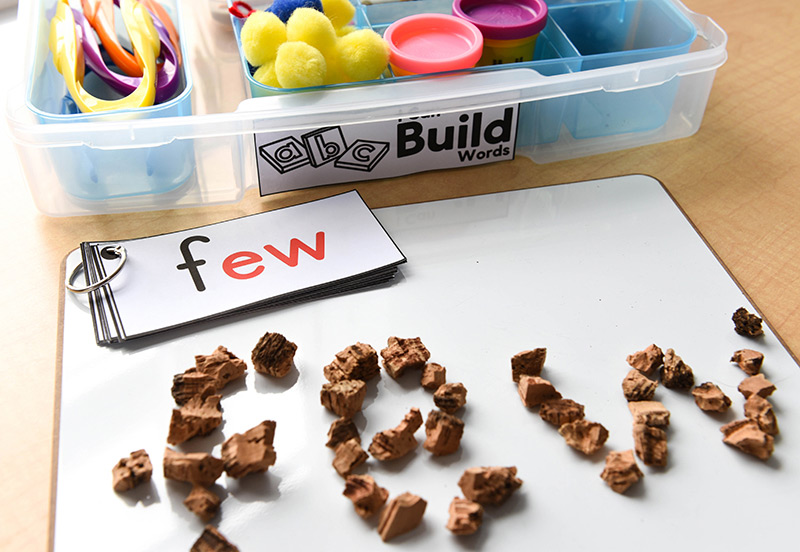
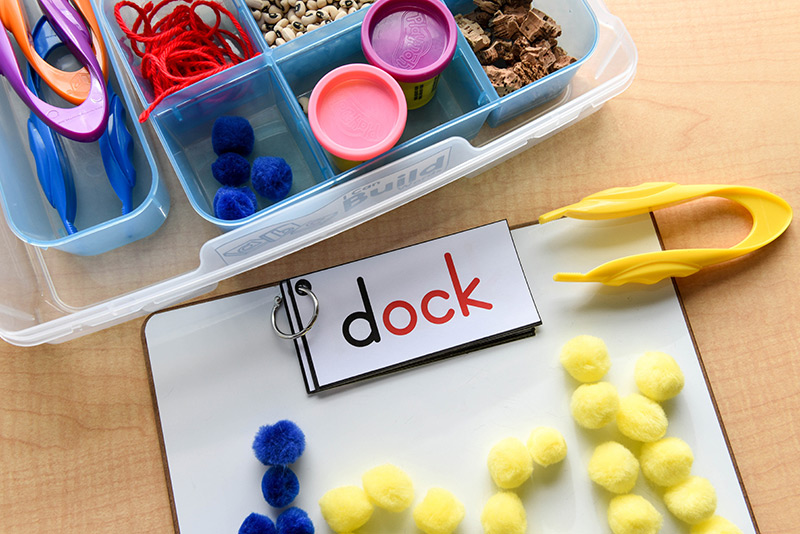
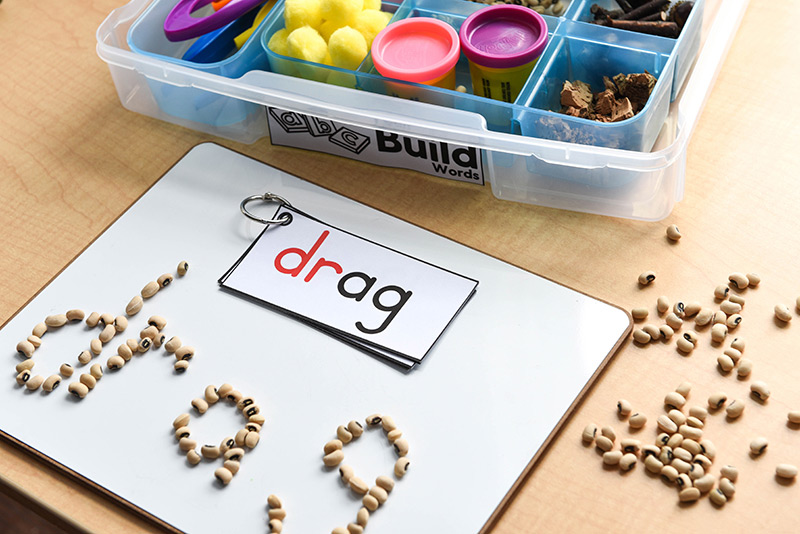

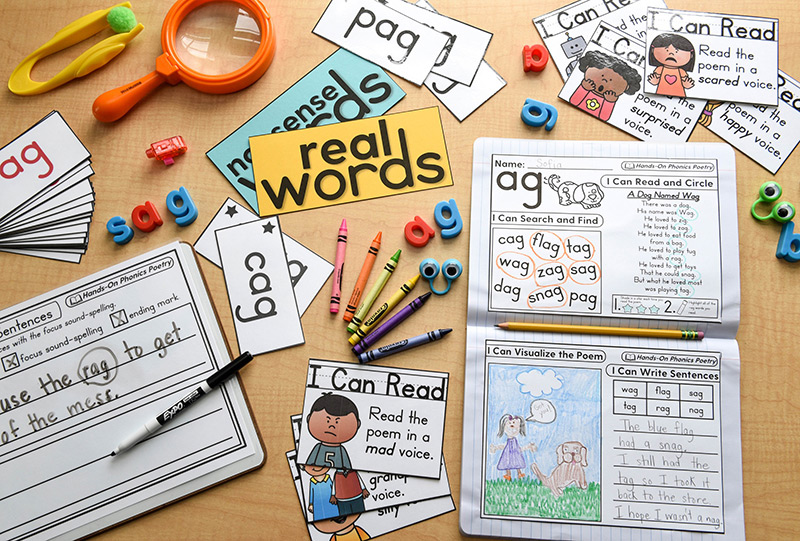
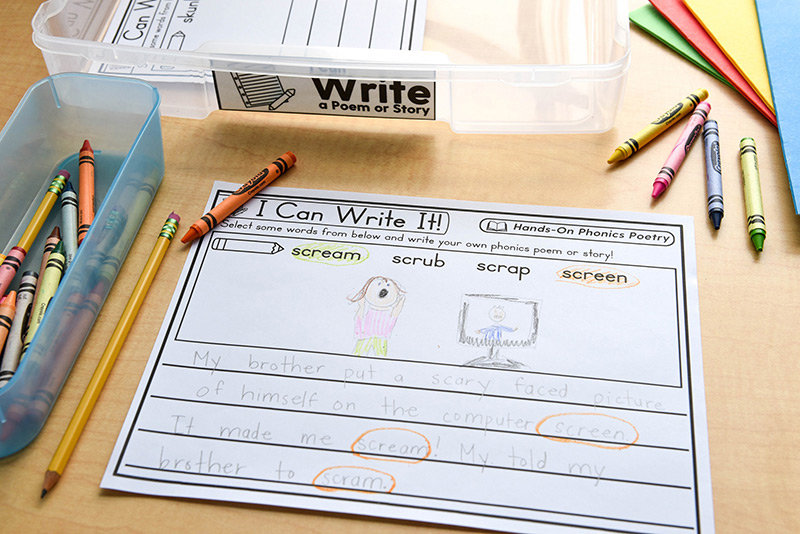



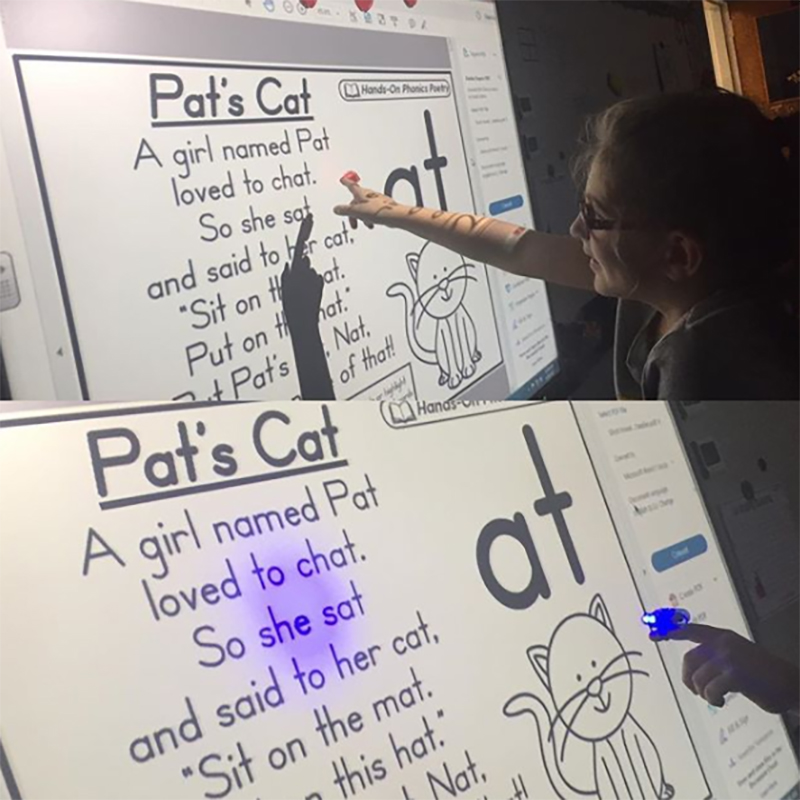

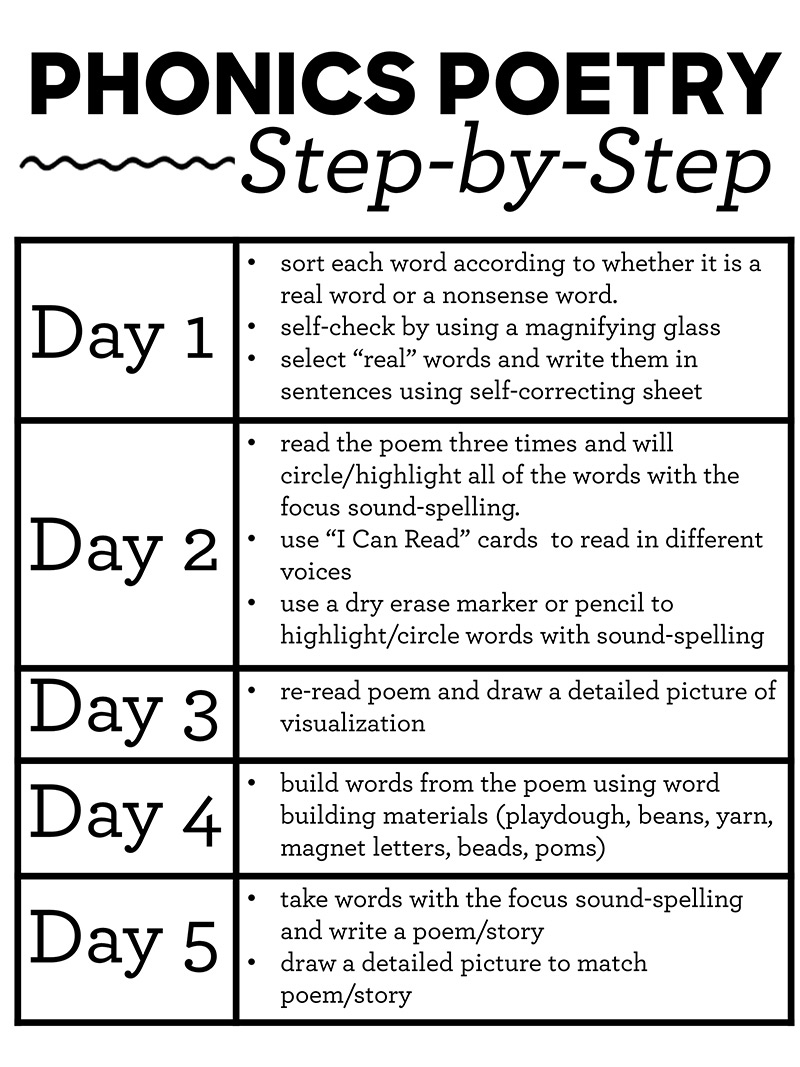


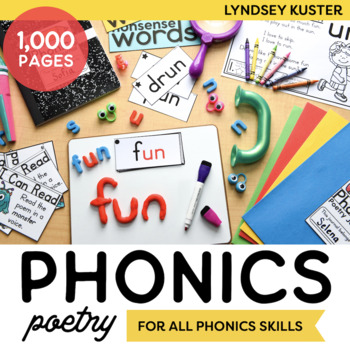
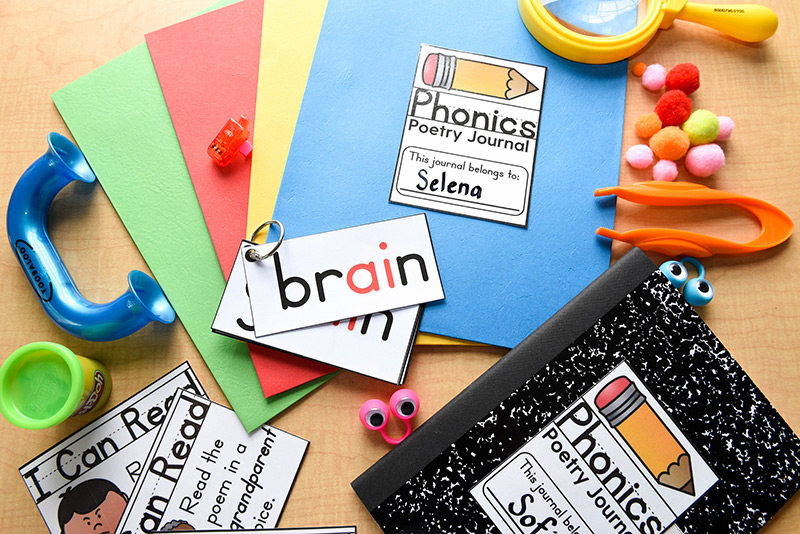


Kandy
February 14, 2018I love your products!☺️
Jackie Hodge
February 14, 2018This is my first year in first grade. I just love all your stuff! Thanks for helping a gal out!
Jackie
Maria
April 27, 2018Wow!! Thanks for sharing.
Lori
April 28, 2018Thank you for the wonderful ideas and resources!!
Laura
April 28, 2018Love it!
Kimberly
September 19, 2019I love your organization and trying to get this to connect to hit multiple points. I can’t wait to look at what else you have created! Well done!
Ginger Becker
September 24, 2019YOU are incredible! This was such a gift. I am sharing your site with my “Future Teacher” in my college classes! Thank you from the bottom of my heart! Ginger Becker-Tabor College, KS